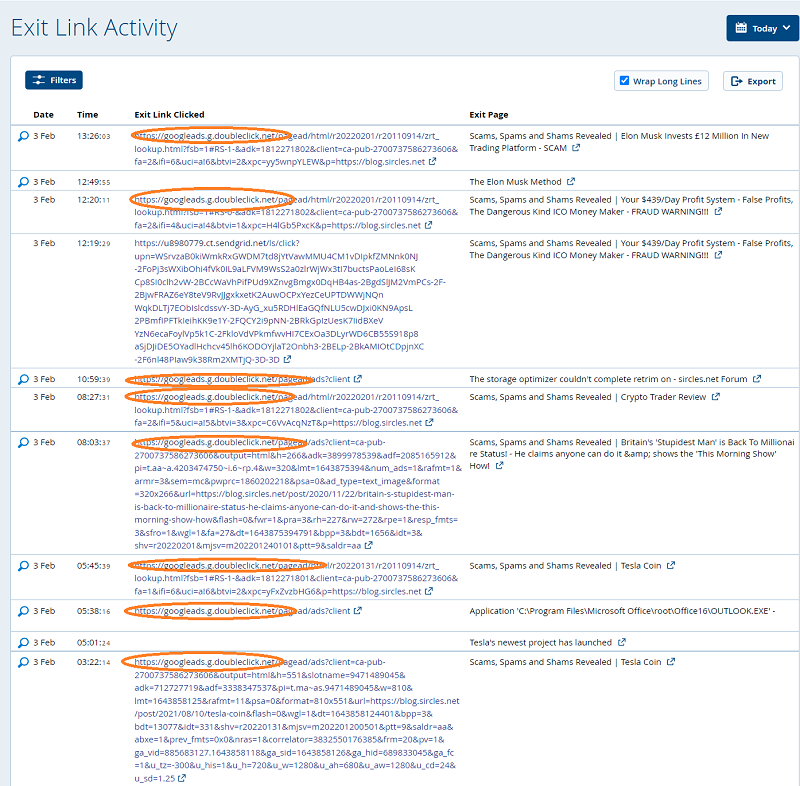When it comes to managing risk in trading, my preferred strategies are a blend of both fundamental and technical approaches to ensure a balanced and robust risk management framework:
Position Sizing: One of the most critical aspects of risk management is deciding how much capital to allocate to each trade. This can be effectively managed with the “1% rule,” where no single trade should risk more than 1% of your total account balance. This helps in minimizing losses and sustaining capital over time.
Stop-Loss Orders: Implementing stop-loss orders is crucial to prevent excessive losses by automatically exiting a trade once a predetermined level of loss is reached. It’s important to determine this level beforehand based on factors such as volatility and technical support/resistance levels.
Diversification: Spreading investments across different asset classes, sectors, or geographical regions can help mitigate risks associated with any single market or instrument. This not only reduces exposure but also exploits opportunities across varying market movements.
Risk-Reward Ratio: Establishing a favorable risk-reward ratio for trades is essential. Typically, a ratio of 1:2 or higher ensures that potential gains are at least twice the potential loss, which over time can lead to profitability even if some trades do not succeed.
Hedging: Using hedging techniques, such as options or futures, allows a trader to protect positions against potential adverse movements. While it can limit profit potential, it provides a safety net against significant losses.
Technical Analysis: Utilizing charts and technical indicators helps in identifying trends, entry, and exit points with greater precision. Understanding patterns and signals can enhance decision-making and reduce the likelihood of emotionally driven trades.
Regular Review and Adaptation: Continuous monitoring and reassessment of strategies according to market conditions are imperative. It’s important to adapt to changes and not rely on a static plan, as markets evolve and new risks can emerge.
These strategies, when used in conjunction, form a comprehensive risk management approach that aims to preserve capital, maximize returns, and maintain a disciplined trading process.

No responses yet